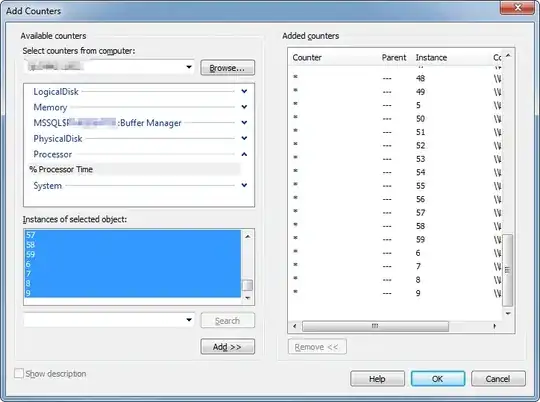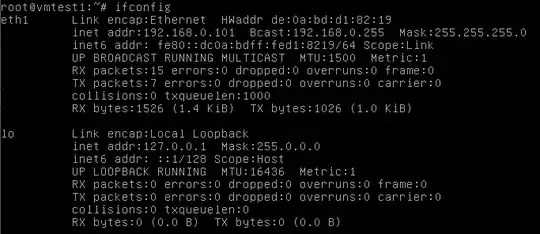I ran a performance monitor trace on two hp DL580 G7 servers running Windows Server 2008 R2 with 40 CPU cores. One perfmon trace showed the server having 60 cores, and the other trace showed 64 cores. Any explanation for this? See below screenshots to illustrate.
iLO View
Perfmon View (from 64-instance trace)
Perfmon View (from 60-instance trace)


